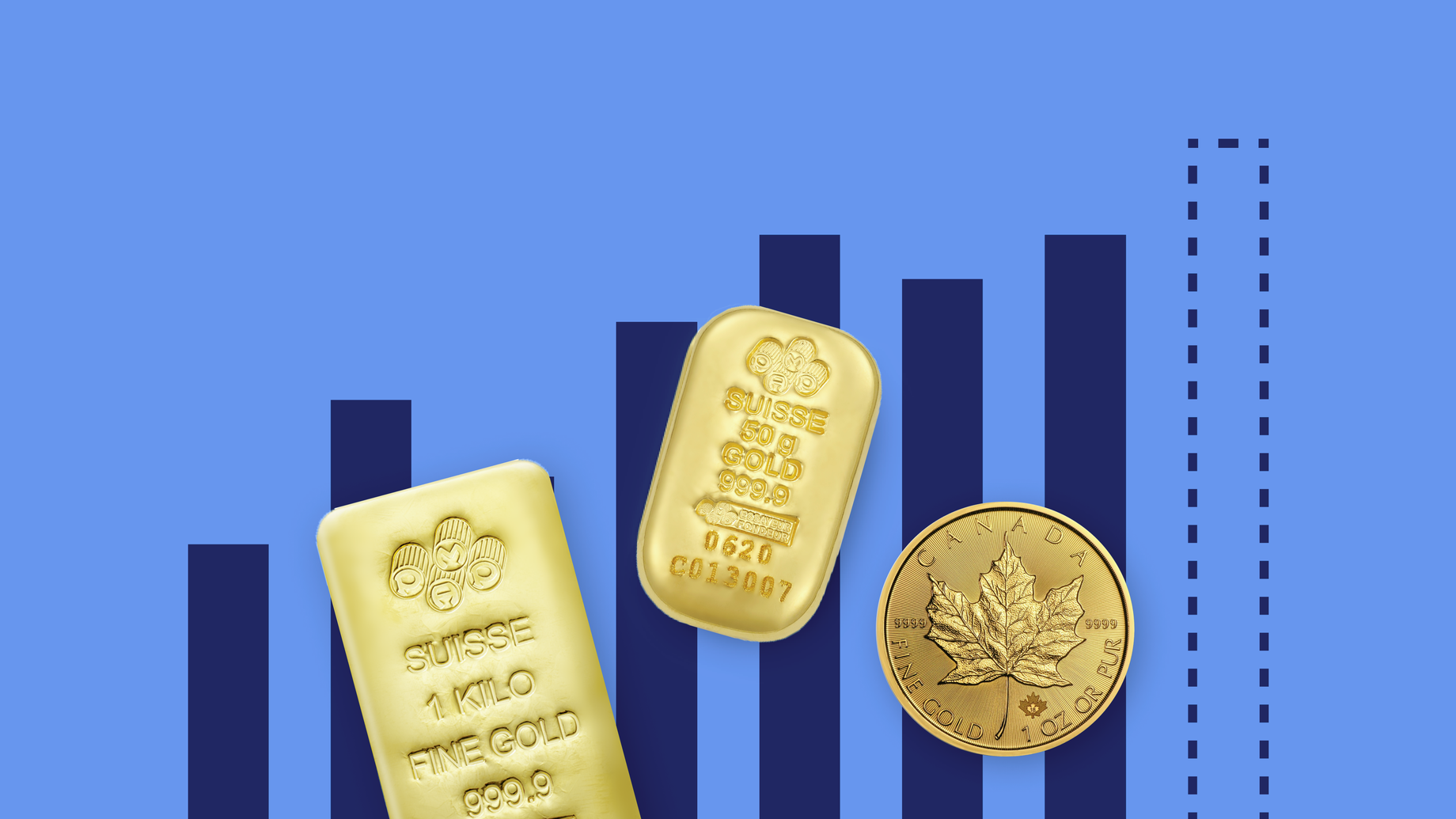 Posted On
Posted On
Do You Know What Drives the Gold Price?
 Posted On
Posted On
Supply and demand, interest rates, and investor risk perception influence the price of Gold. You can also link gold prices with an oil price forecast.
While Gold is often seen as an inflation hedge due to its finite supply compared to printed money, this relationship is weak.
Interest rates and market volatility better predict short-term gold performance. Gold’s interaction with these factors can be counter-intuitive, highlighting the complexity of its price dynamics in the financial market. For online trading of Gold, you can choose VSTAR as one of the most convenient platforms.
The following are some of the factors that can be responsible for the price of Gold.
-
Central bank reserves
Central banks diversifying their reserves into gold has historically driven gold prices up. Global central banks increased their gold purchases significantly, with 2019 near a 50-year record.
While 2020 saw a slight dip, 2021 and 2022 exceeded the previous record. Türkiye’s central bank was the top buyer in 2022, followed by the following countries signaling continued interest in gold as a reserve asset.
- Uzbekistan
- India
- Qatar.
-
The value of U.S. dollar
One of the gold trading tips is a stronger dollar tends to suppress gold prices, while a weaker dollar increases gold demand, pushing prices higher.
-
Worldwide demand of jewelry market and industries
In the first half of 2022, jewelry accounted for 44% of gold demand, with significant consumers including India, China, and the United States. Approximately 7.5% of demand came from technology and industrial uses, such as:
- Medical devices
- Precision electronics.
Gold prices are influenced by the fundamental principle of supply and demand, with increased demand for consumer goods like jewelry and electronics driving up gold prices.
-
Wealth protection
In times of economic uncertainty, like recessions, gold becomes a preferred investment due to its enduring value and safe-haven status. When returns on traditional investments decline, interest in gold rises, boosting its price.
Gold is a hedge against economic events, including currency devaluation and inflation. Furthermore, it is seen as a protective asset during political instability, making it a valuable option for investors seeking stability during uncertain times.
-
Gold production
The following global gold mining countries impact gold prices through production levels:
- China
- South Africa
- The United States
- Australia
- Russia
- Peru.
Gold mining averaged around 3,000 metric tons annually in 2020 and 2021, down from a peak in 2018 and 2019. The decline is partly due to the depletion of easily accessible gold, necessitating deeper and costlier mining, with environmental impact and hazards contributing to potential increases in gold prices.
-
Supply factors
Gold remains valuable despite continuous mining because it is not consumed, and its demand for jewelry and investment persists, with fluctuations based on its price.
Conclusion
The price of Gold is now influenced by several factors, including demand for the precious metal, the amount of Gold held in central bank reserves, the value of the U.S. dollar, and your inclination to keep Gold as a means of hedging against inflation and currency devaluation.






